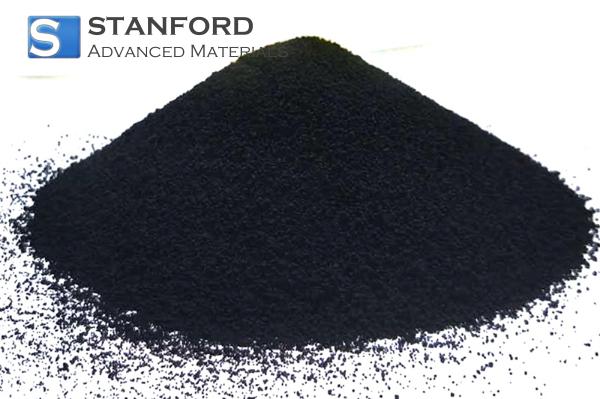Specific Modulus Of Engineering Materials
Description of the Specific Module
The specific modulus is a fundamental property in materials science that indicates a material’s stiffness in relation to its density. It is determined by dividing the Young’s modulus (E-modulus) by the material’s density. This ratio quantifies the load a material can bear per unit weight and is therefore a critical parameter when designing lightweight and stable structures.
Importance in Material Selection
In selecting materials for technical applications, particularly where weight is a critical factor, the specific modulus serves as an important parameter. Materials with a high specific modulus are preferred in sectors such as aerospace, automotive, and sports equipment manufacturing, thereby providing sufficient stiffness while minimising weight.
Examples of Specific Moduli in Materials
Different materials exhibit varying specific moduli, which influences their suitability for distinct applications. The following list presents several common materials along with their typical specific modulus values:
- Aluminium Alloy: Noted for its low weight and adequate stiffness, making it suitable for aircraft structures.
- Titanium Alloy: Exhibits a higher specific modulus compared to aluminium, thereby serving high-performance aerospace components.
- Carbon Fibre Composite Material: Possesses a high specific modulus as a consequence of its high Young’s modulus and low density, and is used in racing vehicles and sports equipment for its high stiffness-to-weight ratio.
- Steel: Although it has a high absolute modulus, its density results in a lower specific modulus, thereby limiting its application in weight-sensitive designs.
Comparative Table of the Specific Modulus
|
Material |
Young’s Modulus (GPa) |
Density (g/cm³) |
Specific Modulus (GPa-cm³/g) |
|
69 |
2.7 |
25.56 |
|
|
110 |
4.5 |
24.44 |
|
|
Carbon Fibre Composite Material |
230 |
1.6 |
143.75 |
|
Steel |
200 |
7.85 |
25.48 |
|
Magnesium Alloy |
45 |
1.74 |
25.86 |
Further information is available at Stanford Advanced Materials (SAM).
Frequently Asked Questions
What is the specific modulus used for?
The specific modulus is used to evaluate the efficiency of materials in environments where weight and stiffness are critical, for example in the aerospace and automotive industries.
How is the specific modulus calculated?
It is determined by dividing the Young’s modulus of a material by its density, thereby providing a quantifiable measure of stiffness relative to weight.
Why is the specific modulus of carbon fibre composite materials higher than that of metals?
Carbon fibre composite materials combine a high Young’s modulus with a low density, which results in a higher specific modulus than that observed in metals.
Can the specific modulus indicate the strength of a material?
The specific modulus pertains to stiffness and does not directly measure material strength. Both attributes are significant in material selection but remain distinct.
Is the specific modulus the same as the strength-to-weight ratio?
These are related concepts; however, the specific modulus refers specifically to the stiffness-to-weight ratio, whereas the strength-to-weight ratio addresses the strength of the material relative to its weight.

 Bars
Bars
 Beads & Spheres
Beads & Spheres
 Bolts & Nuts
Bolts & Nuts
 Crucibles
Crucibles
 Discs
Discs
 Fibers & Fabrics
Fibers & Fabrics
 Films
Films
 Flake
Flake
 Foams
Foams
 Foil
Foil
 Granules
Granules
 Honeycombs
Honeycombs
 Ink
Ink
 Laminate
Laminate
 Lumps
Lumps
 Meshes
Meshes
 Metallised Film
Metallised Film
 Plate
Plate
 Powders
Powders
 Rod
Rod
 Sheets
Sheets
 Single Crystals
Single Crystals
 Sputtering Target
Sputtering Target
 Tubes
Tubes
 Washer
Washer
 Wires
Wires
 Converters & Calculators
Converters & Calculators
 Write for Us
Write for Us





 Chin Trento
Chin Trento



